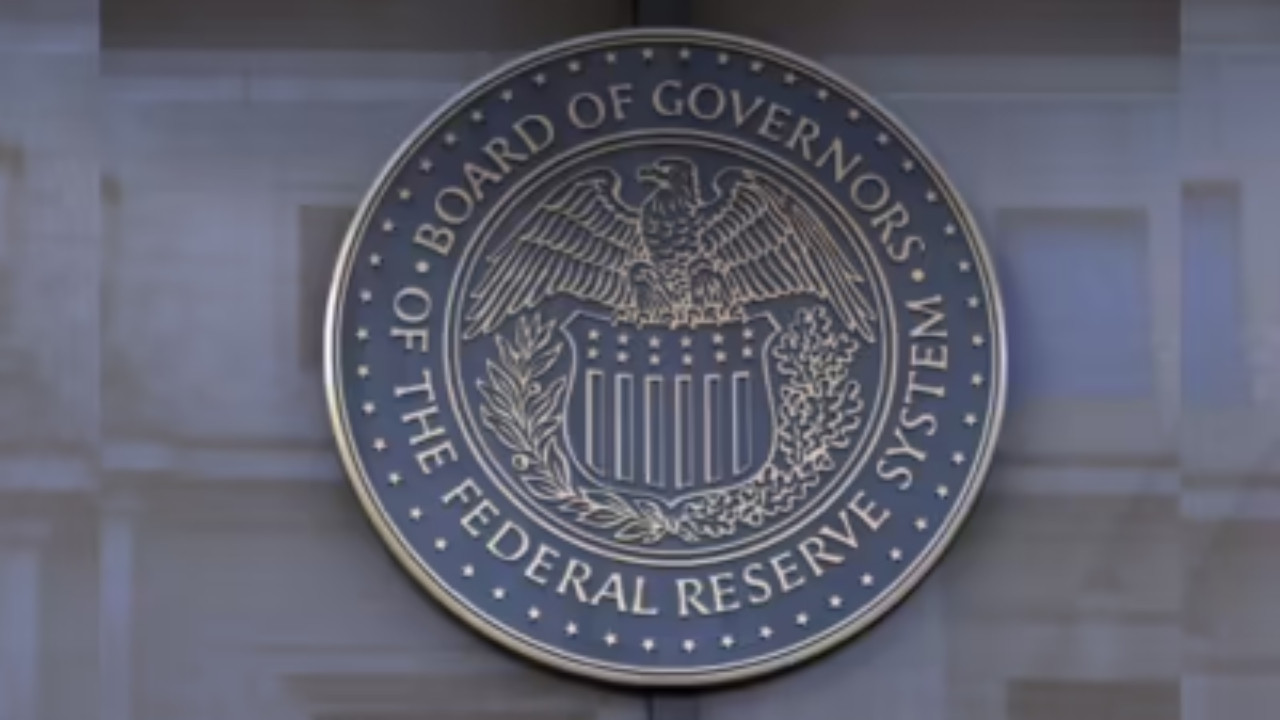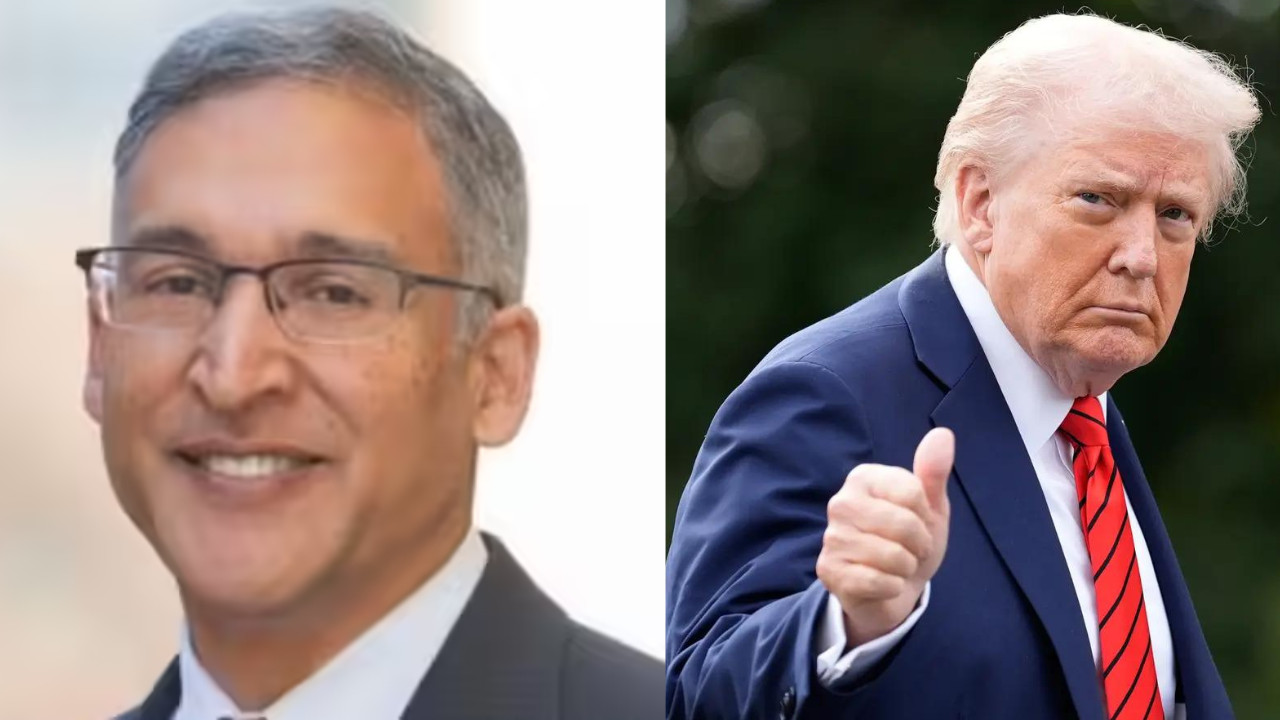A US Federal Reserve official hinted at potential interest rate cuts as early as July, citing global economic uncertainties and geopolitical risks. Despite President Trump’s pressure for rate reductions, the Fed remains cautious, assessing the impact of tariffs on inflation. Fed governor Christopher Waller suggested a gradual approach, emphasizing the focus on underlying price trends rather than temporary tariff effects.
Is the Fed Finally Ready to Blink? Waller’s Words Hint at a Summer Surprise
Okay, buckle up, finance nerds (and those just trying to figure out what all this Fed talk really means). Because there’s a little tremor shaking things up in the world of interest rates, and it might just mean a bit of relief is on the horizon.
For months, we’ve been playing the “will they, won’t they” game with the Federal Reserve and interest rate cuts. Inflation, the pesky houseguest that overstayed its welcome, has kept the Fed on high alert, maintaining rates at levels that have felt, frankly, a bit suffocating. High rates pinch everyone, from businesses looking to expand to individuals dreaming of that new car or simply managing their credit card debt.
But whispers of a shift have been circulating, and now we have something a little more concrete to chew on, courtesy of Fed Governor Christopher Waller. He’s basically dropped a hint, a breadcrumb, that a rate cut could be in the cards as early as July.
Now, I know what you’re thinking: “Another Fed tease? Haven’t we heard this before?” And you’d be right to be skeptical. The Fed loves to play coy, often speaking in coded language that requires a decoder ring only economists possess. But Waller’s comments felt a bit different, a bit more… definitive.
He specifically addressed the potential impact of tariffs, a particularly sensitive topic right now given the ongoing trade tensions. The fear is that tariffs will push prices up, reigniting the inflation fire. However, Waller seems to believe that the impact of these tariffs could be a “one-off” event, a temporary blip that shouldn’t derail the Fed’s plans to start easing monetary policy.
Think of it like this: imagine you’re driving and hit a small pothole. It jars you, but you don’t need to slam on the brakes and come to a complete stop. You adjust, continue on your journey, and maybe avoid potholes in the future. Waller seems to be suggesting that the tariff situation is a similar pothole, a manageable bump in the road, not a fundamental reason to abandon the destination of lower interest rates.
This is significant. Why? Because it suggests the Fed might be more comfortable looking past short-term inflationary pressures if the overall economic picture supports a rate cut. And right now, the economic picture, while not perfect, is starting to look a bit more conducive to easing.
We’ve seen some cooling in the labor market, not a dramatic collapse, but a gradual slowdown in hiring. Inflation, while still above the Fed’s 2% target, has been trending downwards, albeit at a frustratingly slow pace. These are all factors that could give the Fed the green light to finally pull the trigger on a rate cut.
So, what does this all mean for you and me?
Well, a rate cut would likely lead to lower borrowing costs. Think cheaper mortgages, more affordable car loans, and a bit of breathing room on those credit card statements. It could also give a boost to the stock market, as lower rates tend to make investments more attractive. For businesses, lower rates mean easier access to capital, potentially leading to increased investment and job creation.
However, it’s crucial to remember that this is just one voice, one perspective within the Fed. The Federal Open Market Committee (FOMC), the group that actually makes the decisions on interest rates, is a diverse body with varying opinions. Waller’s comments are a strong signal, but they’re not a guarantee.
There are still plenty of potential speed bumps on the road to lower rates. Unexpected economic data, a surge in energy prices, or further escalation of trade tensions could all throw a wrench in the works. The Fed will be closely monitoring these factors in the weeks leading up to their July meeting.
The market reaction to Waller’s comments was telling. We saw a slight uptick in stocks and a dip in Treasury yields, suggesting investors are pricing in a higher probability of a rate cut. But the overall reaction was relatively muted, reflecting the inherent uncertainty surrounding the Fed’s next move.
So, is a July rate cut a done deal? Absolutely not. But Waller’s words offer a glimmer of hope, a reason to believe that the long wait for lower rates might finally be coming to an end. The summer months are going to be crucial, filled with economic data releases and Fed pronouncements that will ultimately determine the fate of interest rates. Keep your eyes peeled, and maybe, just maybe, we’ll finally get that rate cut we’ve all been waiting for.







